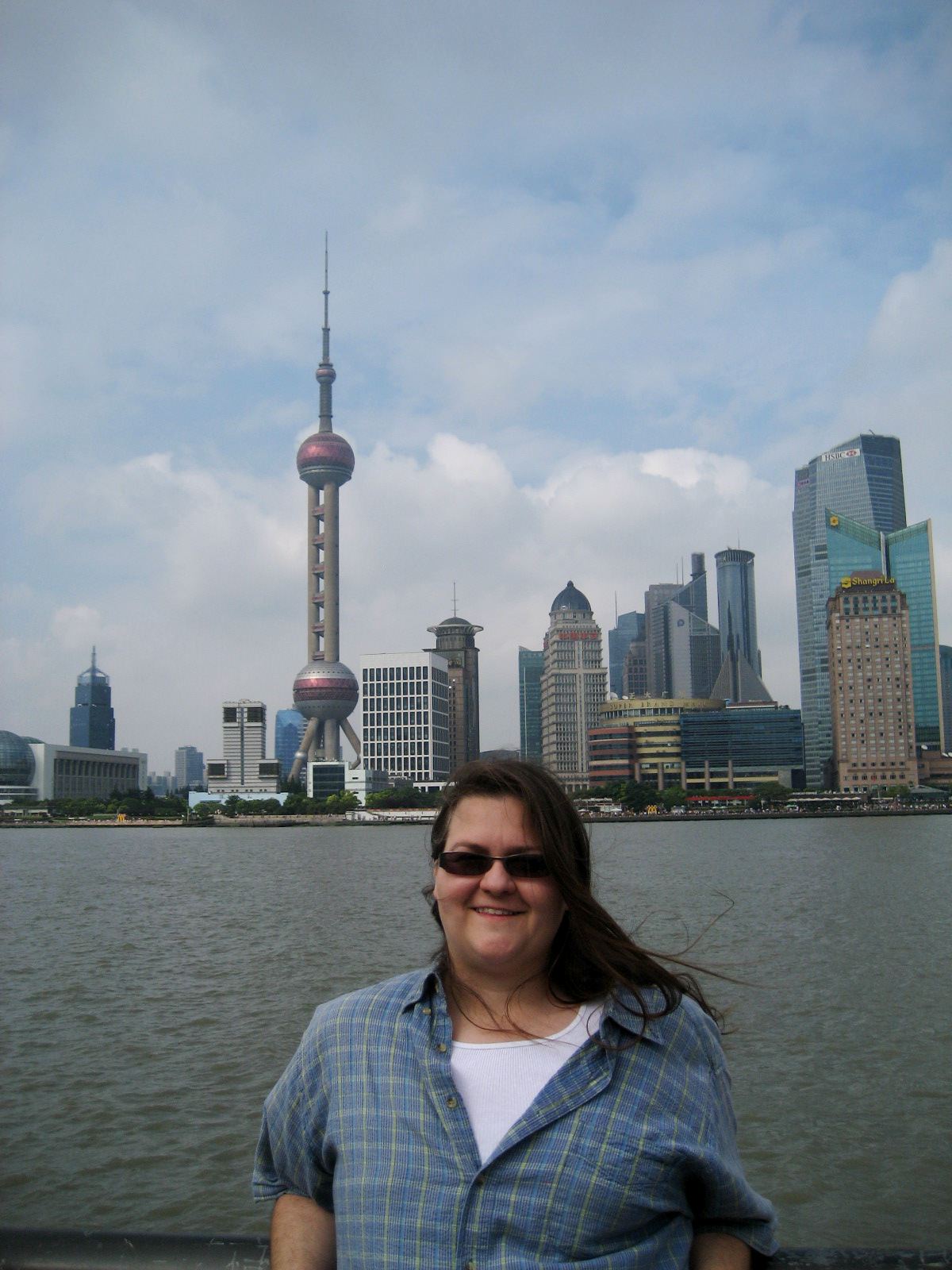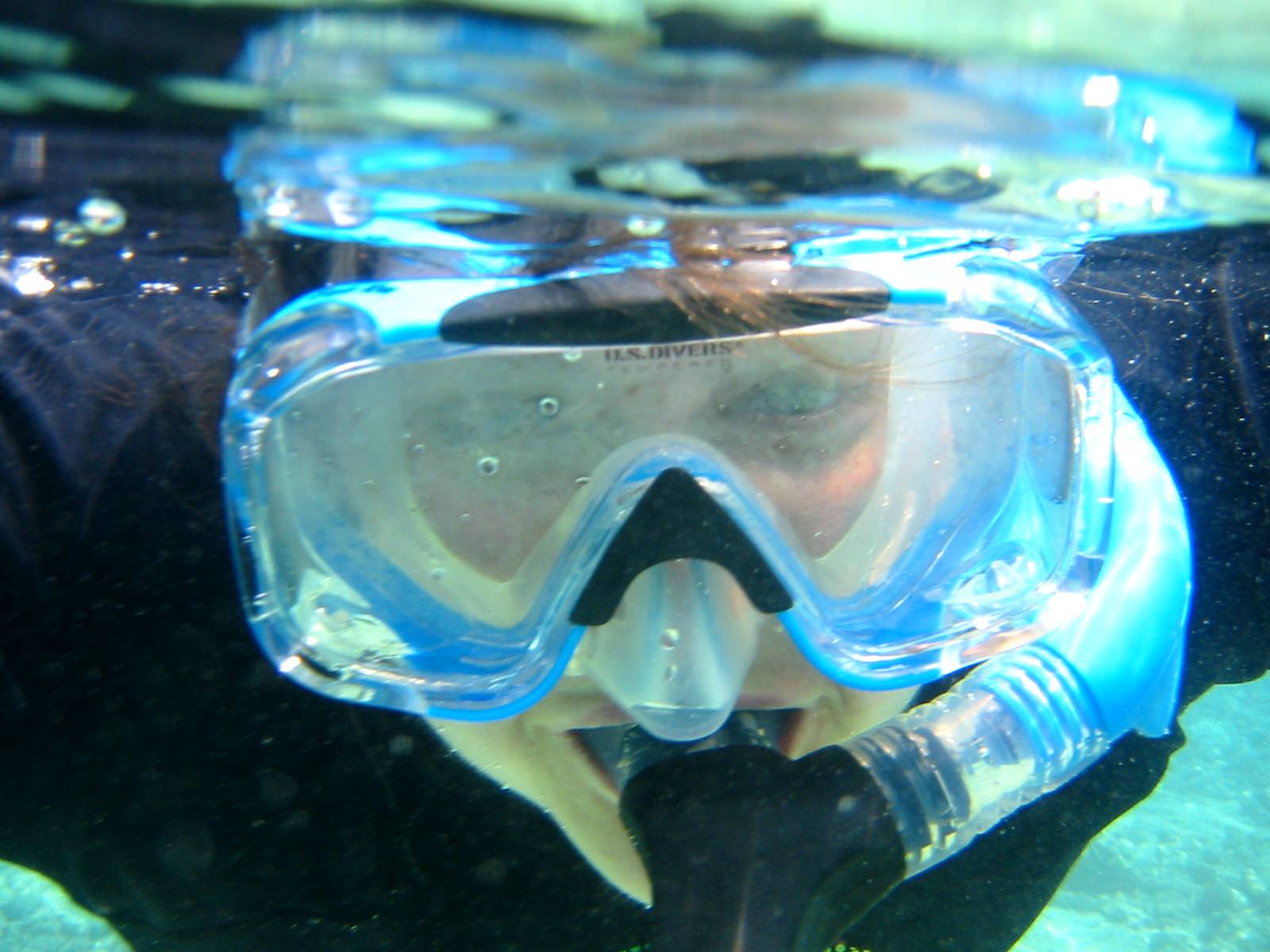Megan Valentine grew up in the small town of Tamaqua, in the coal regions of northeastern Pennsylvania. Her father worked in a factory that made office furniture, and her mother was a medical transcriptionist. Valentine was a curious child, interested in how and why the world worked the way it did. “I was naturally drawn to science classes and trivia games when I was growing up,” she says. “I also loved reading about the lives of famous scientists, and particularly physicists who unlocked the secrets of atomic energy and astrophysics.”
When she started her undergraduate studies at Lehigh University, she thought she might end up teaching high school science or working in an engineering firm, but after a taste of scientific research, she was hooked.
“I decided to major in physics in college, and became involved in polymer physics research, which I found had a great balance of fundamental discovery and practical applications to improve technologies and products,” she explains. “Biological materials offer some of the most interesting polymer systems so my interest in biophysics grew from that. Later, I became fascinated with how biological systems can move, sense, and actively respond, and how their physical properties enable this.”
Valentine was the first in her family to graduate with a bachelor’s degree, receiving her bachelor of science in physics in 1997. She then earned a master’s degree in physics from the University of Pennsylvania in 1999, followed by her PhD in physics from Harvard University in 2003. She went on to work as a postdoctoral fellow in biological sciences at Stanford University, where she studied motor proteins using optical traps.
In 2007, she accepted a faculty position as assistant professor of mechanical engineering at the University of California, Santa Barbara (UCSB), but deferred her start date to 2008 so that she could build sophisticated microscopy rooms that provided temperature control in a low noise (acoustic, electromagnetic, vibration) environment. “There were a number of problems with the renovation, and my labs were not completed until 2011. Since I could not pursue the experiments I had proposed in my job application and my tenure clock was running, I started a number of new collaborations and moved my research into entirely new directions. In hindsight, this was serendipitous because it forced me to identify and leverage local resources and expertise at UCSB — for example, marine-inspired materials, and marine model organisms — which are now a major focus of my lab's portfolio.”
Since 2014, Valentine has been a tenured associate professor of mechanical engineering. Her lab has two main research thrusts. “In the first, we explore the mechanics of living materials, including vascular and neural tissues and marine adhesives derived from mussels, and the regulation of force-generating molecules, like motor proteins,” she explains. “In the second, we aim to make materials that capture the amazing properties of living materials in synthetic materials. Much of this work is currently focused on development of bio-inspired coatings, tough gels, and adhesives. These have applications in dentistry, healthcare, and soft robotics.”
Working on such interdisciplinary projects has been a rewarding — yet challenging — proposition. "Since I am collaborating on a broad set of projects, ranging from vascular biology to materials science, I must work hard to maintain a current knowledge of the literature and to develop my professional network in each field,” she says. Another rewarding aspect of her career has been working with students, Valentine says, “Particularly students who are first generation to college, for whom obtaining a college or advanced degree will provide enormous opportunities — including opportunities to give back to the community.”
As she moves forward in her career, she plans to continue building a strong portfolio of interdisciplinary, collaborative research. “I plan to continue my efforts to train a diverse cohort of scientists and engineers to tackle these important problems,” she shares, “and develop the professional skills they need to become the next generation of leaders in industry, academy, and policy.”
Veronica Pessino, University of California, San Francisco, worked in Valentine’s lab as an undergraduate student. "She was a fantastic mentor — I really couldn’t have asked for a better role model,” she says. “Megan commands the room with a smile on her face. She is an outspoken, strong, brilliant woman who genuinely cares for her students. [She taught me] self-presentation, or confidence. Especially as a young female undergraduate physics student, this was a skill I really had to learn. She once pointed out the inflection in my voice when responding to quantitative questions, and I still think of it regularly.”
 Giving back to her community is important to Valentine. “I make efforts to volunteer and contribute to my community. One organization I am particularly proud to support is the UCSB Guardian Scholars program, which develops the academic and personal success of students who have been part of the foster care system,” she says. “These students have faced tremendous challenges and I am honored to be able to provide what I can — whether through financial support, advisement and mentorship, or by simply celebrating their successes.”
Giving back to her community is important to Valentine. “I make efforts to volunteer and contribute to my community. One organization I am particularly proud to support is the UCSB Guardian Scholars program, which develops the academic and personal success of students who have been part of the foster care system,” she says. “These students have faced tremendous challenges and I am honored to be able to provide what I can — whether through financial support, advisement and mentorship, or by simply celebrating their successes.”
She recently completed a three-year term on the Society’s Early Careers Committee as well. “The Early Careers Committee focuses on providing career and professional development advice and opportunities for junior members of the Society, including many activities offered during the Annual Meeting,” she explains. “As a postdoc, I was very fortunate to receive a Burroughs Wellcome Career Award at the Scientific Interface, which provided me with great networking and professional development opportunities. I see my work on the committee as a great way to pay that investment forward.”